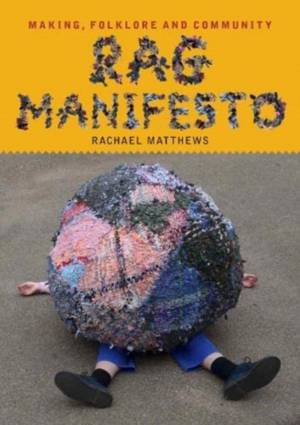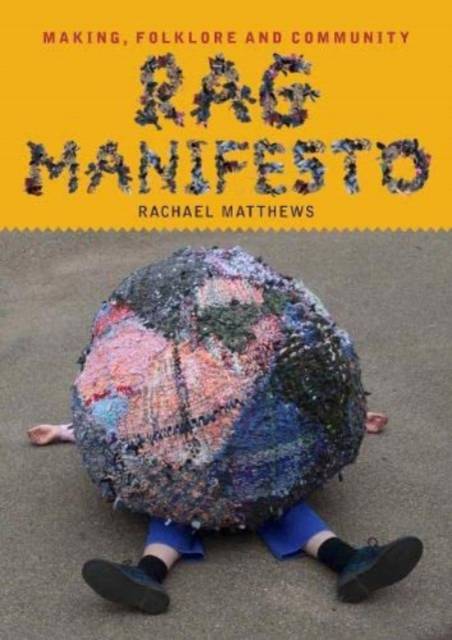
- Retrait gratuit dans votre magasin Club
- 7.000.000 titres dans notre catalogue
- Payer en toute sécurité
- Toujours un magasin près de chez vous
- Retrait gratuit dans votre magasin Club
- 7.000.0000 titres dans notre catalogue
- Payer en toute sécurité
- Toujours un magasin près de chez vous
31,45 €
+ 62 points
Description
It's time to reconsider the value of our waste. In the past rags were valuable commodities you could sell on. Gathering rag and turning it into yarn was rich in the possibility of making things. This Rag Manifesto is a unique, artist's view of the traditional art of rag rug making for this age of the Anthropocene. Projects made in the artist's studio and with a community group, highlight a reverence for our lost textiles, a response to the environmental impact of fast fashion and a proof that rag is a rich resource, wrongly classed as a taboo material. The author Rachael Matthews gives us permission to cut up our old fabrics offering a support structure for decision making and a chart on how to make liberating decisions about destroying a garment - be it a found item or a misguided purchase - and how our actions can develop community as well as our own self-esteem. A modernist interpretation of rag weaving European modernist painters, such as Ben and Winifred Nicholson, became interested in Rag Rug making in the 1920s. Picasso inspired freedom in creativity, using found materials and recognising that 'primitive' art was highly skilled. The art world missed a trick in not accepting these painterly rag works as true art and many have been lost. A century later, post pandemic, the need for a community to gather and make textiles was strengthened by a shared concern about the textile waste found on the streets where they live. This led to the artist founding Rag School, an on-line studio to rediscover the lost ways of making things. This led to a real-life rag studio with East London Textiles Arts, piloting ways that diverse communities everywhere could re-learn how to process textile waste in beautiful ways, caring for each other along the way. The transformation of waste has been a valuable remedy in recovering from the collective trauma of the pandemic: ripping is thrilling, storytelling cathartic, and the craft work a great place of focus and thought.
Spécifications
Parties prenantes
- Auteur(s) :
- Editeur:
Contenu
- Nombre de pages :
- 112
- Langue:
- Anglais
Caractéristiques
- EAN:
- 9781739316037
- Date de parution :
- 31-10-24
- Format:
- Livre broché
- Format numérique:
- Trade paperback (VS)
- Dimensions :
- 171 mm x 241 mm
- Poids :
- 224 g

Les avis
Nous publions uniquement les avis qui respectent les conditions requises. Consultez nos conditions pour les avis.






